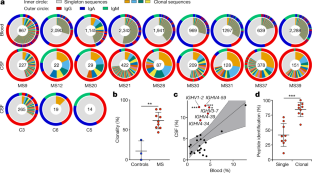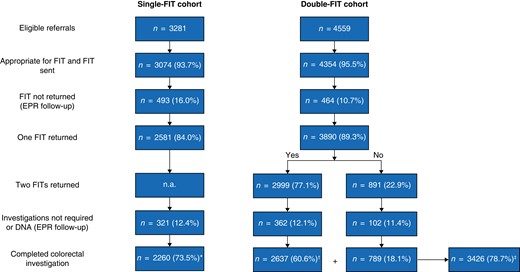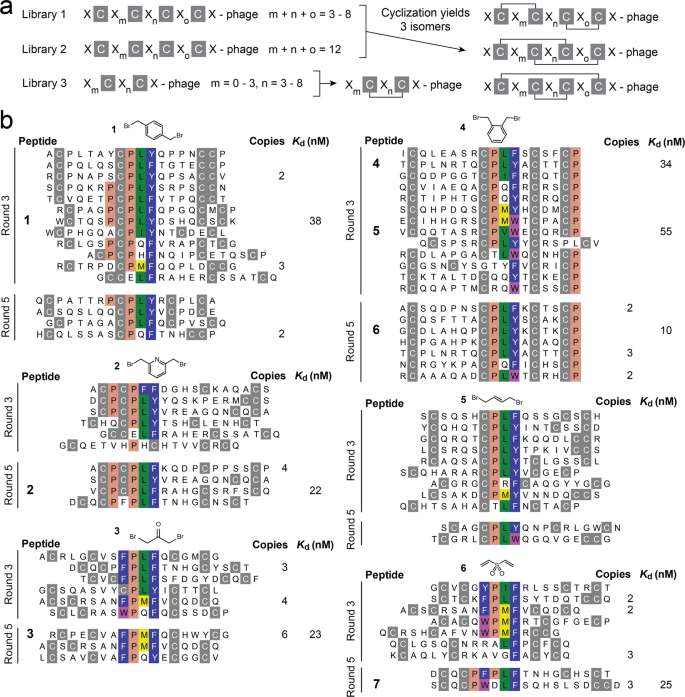2023-05-17 カロリンスカ研究所(KI)
◆彼らの研究によれば、一部の人々はEBVに対する抗体を持っており、それが脳と脊髄のタンパク質を誤って攻撃して損傷を引き起こす可能性があるということです。この研究は、MSの理解に重要な一端を提供し、なぜ一部の人々がこの病気を発症するのかを説明する可能性があります。さらに、研究者たちは免疫系のT細胞も関与している可能性があることを示唆しています。
◆この研究は、MSの個別の治療法の必要性を示し、現在の治療法は再発を減らす効果があるものの、病気の進行を防ぐことはできないと指摘しています。研究は、スウェーデンの様々な機関から資金提供を受けて行われました。
<関連情報>
- https://news.ki.se/new-study-explains-how-a-common-virus-can-cause-multiple-sclerosis
- https://www.science.org/doi/10.1126/sciadv.adg3032
- https://www.nature.com/articles/s41586-022-04432-7
- https://www.science.org/doi/10.1126/science.abj8222
交差反応性EBNA1免疫はα-クリスタリンBを標的とし、多発性硬化症に関連する。 Cross-reactive EBNA1 immunity targets alpha-crystallin B and is associated with multiple sclerosis
Olivia G. Thomas,Mattias Bronge,Katarina Tengvall ,Birce Akpinar,Ola B. Nilsson,Erik Holmgren ,Tara Hessa,Guro Gafvelin ,Mohsen Khademi ,Lars Alfredsson ,Roland Martin ,André Ortlieb Guerreiro-Cacais ,Hans Grönlund ,Tomas Olsson‡ ,Ingrid Kockum
Science Advances Published:17 May 2023
DOI:https://doi.org/10.1126/sciadv.adg3032

Abstract
Multiple sclerosis (MS) is an inflammatory disease of the central nervous system, for which and Epstein-Barr virus (EBV) infection is a likely prerequisite. Due to the homology between Epstein-Barr nuclear antigen 1 (EBNA1) and alpha-crystallin B (CRYAB), we examined antibody reactivity to EBNA1 and CRYAB peptide libraries in 713 persons with MS (pwMS) and 722 matched controls (Con). Antibody response to CRYAB amino acids 7 to 16 was associated with MS (OR = 2.0), and combination of high EBNA1 responses with CRYAB positivity markedly increased disease risk (OR = 9.0). Blocking experiments revealed antibody cross-reactivity between the homologous EBNA1 and CRYAB epitopes. Evidence for T cell cross-reactivity was obtained in mice between EBNA1 and CRYAB, and increased CRYAB and EBNA1 CD4+ T cell responses were detected in natalizumab-treated pwMS. This study provides evidence for antibody cross-reactivity between EBNA1 and CRYAB and points to a similar cross-reactivity in T cells, further demonstrating the role of EBV adaptive immune responses in MS development.
多発性硬化症のクローン拡大したB細胞はEBVのEBNA1とGlialCAMを結合する Clonally expanded B cells in multiple sclerosis bind EBV EBNA1 and GlialCAM
Tobias V. Lanz,R. Camille Brewer,Peggy P. Ho,Jae-Seung Moon,Kevin M. Jude,Daniel Fernandez,Ricardo A. Fernandes,Alejandro M. Gomez,Gabriel-Stefan Nadj,Christopher M. Bartley,Ryan D. Schubert,Isobel A. Hawes,Sara E. Vazquez,Manasi Iyer,J. Bradley Zuchero,Bianca Teegen,Jeffrey E. Dunn,Christopher B. Lock,Lucas B. Kipp,Victoria C. Cotham,Beatrix M. Ueberheide,Blake T. Aftab,Mark S. Anderson,Joseph L. DeRisi,Michael R. Wilson,Rachael J. M. Bashford-Rogers,Michael Platten,K. Christopher Garcia,Lawrence Steinman & William H. Robinson
Nature Published:24 January 2022
DOI:https://doi.org/10.1038/s41586-022-04432-7

Abstract
Multiple sclerosis (MS) is a heterogenous autoimmune disease in which autoreactive lymphocytes attack the myelin sheath of the central nervous system. B lymphocytes in the cerebrospinal fluid (CSF) of patients with MS contribute to inflammation and secrete oligoclonal immunoglobulins1,2. Epstein–Barr virus (EBV) infection has been epidemiologically linked to MS, but its pathological role remains unclear3. Here we demonstrate high-affinity molecular mimicry between the EBV transcription factor EBV nuclear antigen 1 (EBNA1) and the central nervous system protein glial cell adhesion molecule (GlialCAM) and provide structural and in vivo functional evidence for its relevance. A cross-reactive CSF-derived antibody was initially identified by single-cell sequencing of the paired-chain B cell repertoire of MS blood and CSF, followed by protein microarray-based testing of recombinantly expressed CSF-derived antibodies against MS-associated viruses. Sequence analysis, affinity measurements and the crystal structure of the EBNA1–peptide epitope in complex with the autoreactive Fab fragment enabled tracking of the development of the naive EBNA1-restricted antibody to a mature EBNA1–GlialCAM cross-reactive antibody. Molecular mimicry is facilitated by a post-translational modification of GlialCAM. EBNA1 immunization exacerbates disease in a mouse model of MS, and anti-EBNA1 and anti-GlialCAM antibodies are prevalent in patients with MS. Our results provide a mechanistic link for the association between MS and EBV and could guide the development of new MS therapies.
縦断的解析により、多発性硬化症に関連するEpstein-Barrウイルスの高い有病率が明らかになった Longitudinal analysis reveals high prevalence of Epstein-Barr virus associated with multiple sclerosis
Kjetil Bjornevik ,Marianna Cortese ,Brian C. Healy,Jens Kuhle,Michael J. Mina ,Yumei Leng ,Stephen J. Elledge ,David W. Niebuhr,Ann I. Scher,Kassandra L. Munger ,Alberto Ascherio
Science Published:13 Jan 2022
DOI:https://doi.org/10.1126/science.abj8222

Stronger evidence for viral connection
Multiple sclerosis is a chronic demyelinating disease of the central nervous system. The underlying cause of this disease is not known, but Epstein-Barr virus is thought to be a possible culprit. However, most people infected with this common virus do not develop multiple sclerosis, and it is not feasible to directly demonstrate causation of this disease in humans. Using data from millions of US military recruits monitored over a 20-year period, Bjornevik et al. determined that Epstein-Barr virus infection greatly increased the risk of subsequent multiple sclerosis and that it preceded the development of disease, supporting its potential role in the pathogenesis of multiple sclerosis (see the Perspective by Robinson and Steinman). —YN
Abstract
Multiple sclerosis (MS) is a chronic inflammatory demyelinating disease of the central nervous system of unknown etiology. We tested the hypothesis that MS is caused by Epstein-Barr virus (EBV) in a cohort comprising more than 10 million young adults on active duty in the US military, 955 of whom were diagnosed with MS during their period of service. Risk of MS increased 32-fold after infection with EBV but was not increased after infection with other viruses, including the similarly transmitted cytomegalovirus. Serum levels of neurofilament light chain, a biomarker of neuroaxonal degeneration, increased only after EBV seroconversion. These findings cannot be explained by any known risk factor for MS and suggest EBV as the leading cause of MS.


